Ashwin rated Ultimate Spider-Man.: 3 stars
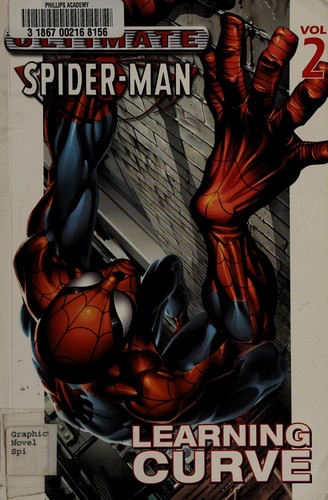
Ultimate Spider-Man. by Brian Michael Bendis
Spider-Man tries to bring down the head of organized crime.
I like to read science fiction, classics, thrillers, history and technology.
This link opens in a pop-up window

Spider-Man tries to bring down the head of organized crime.
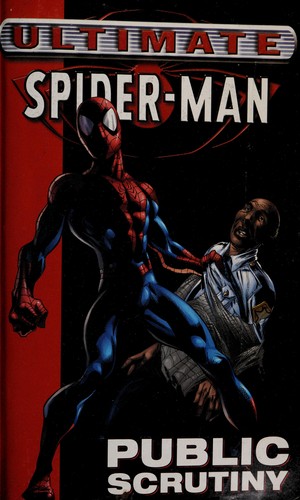
Follows the story of Spider-Man's quest to save his reputation from being destroyed by a small-time crook wearing a Spidey …

Garon Tsuchiya: Old boy. (2006, Dark Horse Manga)
Imprisoned for a decade without trial or explanation -- and then released just as unceremoniously -- and now warmed with …
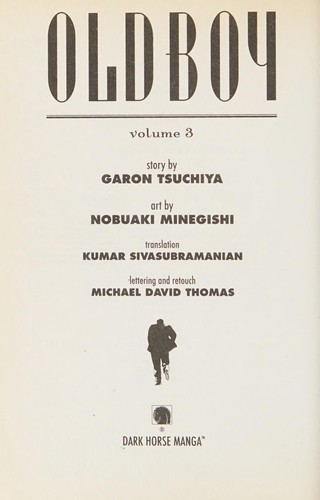
Imprisoned for a decade without trial or explanation -- and then released just as unceremoniously -- and now warmed with …
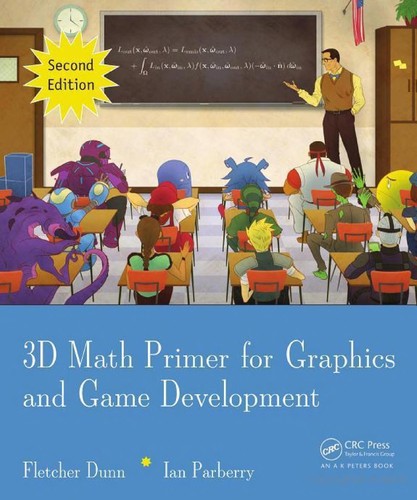
"This book presents the essential math needed to describe, simulate, and render a 3D world. It provides an introduction to …
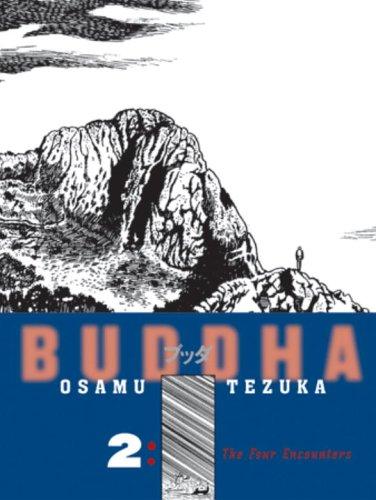
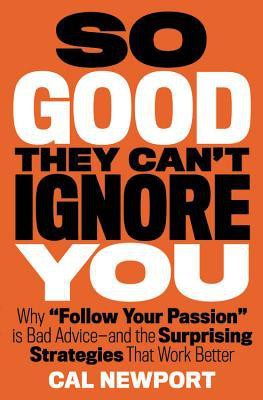
In this eye-opening account, Cal Newport debunks the long-held belief that "follow your passion" is good advice. Not only is …
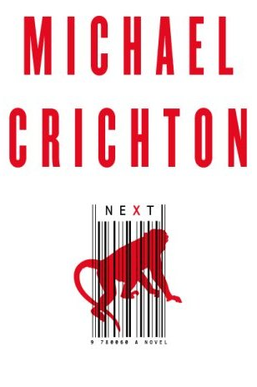
Is a loved one missing some body parts? Are blondes becoming extinct? Is everyone at your dinner table of the …
(Crossposted from my blog: daariga.wordpress.com/2011/12/24/leaf-storm/)
A copy of One Hundred Years of Solitude sits on my shelf mocking me everytime I look at it. I have tried to read this book by Gabriel Garcia Marquez quite a few times and have given up in the middle. In an effort to break that jinx I read Leaf Storm, a shorter work by the same author. Gabriel Garcia Marquez is a writer from Colombia and is the winner of the 1982 Nobel Prize for Literature. The Picador edition of Leaf Storm I read is translated from Spanish by Gregory Rabassa.
The book takes its name from the novella that appears first in the book, followed by six other short stories. The Leaf Storm walks through the thoughts of three people: an old man, his middle-aged daughter and her small son on a hot noon in the fictional town of Macondo …
(Crossposted from my blog: daariga.wordpress.com/2011/12/24/leaf-storm/)
A copy of One Hundred Years of Solitude sits on my shelf mocking me everytime I look at it. I have tried to read this book by Gabriel Garcia Marquez quite a few times and have given up in the middle. In an effort to break that jinx I read Leaf Storm, a shorter work by the same author. Gabriel Garcia Marquez is a writer from Colombia and is the winner of the 1982 Nobel Prize for Literature. The Picador edition of Leaf Storm I read is translated from Spanish by Gregory Rabassa.
The book takes its name from the novella that appears first in the book, followed by six other short stories. The Leaf Storm walks through the thoughts of three people: an old man, his middle-aged daughter and her small son on a hot noon in the fictional town of Macondo in 1909. (Incidentally, Macondo takes center-stage in One Hundred Years of Solitude too.) The occasion is the demise of the old man’s friend, a doctor, who the whole town despises. As these three people sit in the doctor’s dusty old house preparing his body for burial, they take a long walk through the years of their lives. The works that I was strong reminded of while reading Leaf Storm were those of RK Narayan. While lacking the myriad colorful characters and landmarks of Malgudi, the principal characters, their home, lives and thoughts are similar in flavour to those in RKN’s creations.
In The Handsomest Drowned Man in the World, the body of an adonis washes up at a fishing village. Though very much dead, the charms of his body sets the hearts and minds of the womenfolk aflutter and gives them new dreams while they prepare to bury him. A man with wings lands in the chicken coop of a farmer in A Very Old Man with Enormous Wings. The poor couple use him as an attraction to get rich, but after his sheen fades he is discarded amongst their poultry. Just when they think he is almost dead, he recovers and flies off into the clouds. Blacaman the Good, Vendor of Miracles is a story where a mistreated assistant of a fair trickster gains actual miracle powers and watches his former master kill himself. The Last Voyage of the Ghost Ship is something unique: an entire short story told as one, yes o-n-e long sentence! In Monologue of Isabel Watching It Rain in Macondo returns the reader to the life of Isabel (the daughter from the Leaf Storm novella) to revisit a few days of her pregnancy when it rained non-stop for a week in Macondo. The last story Nabo is about a stablehand who enters into a coma.
Leaf Storm is a comfortable introduction to Gabriel Garcia Marquez. The Leaf Storm novella and Isabel’s Monologue are my favorite picks from this book. These really portray the signature style of Garcia, which I have seen in One Hundred Years. The drowned man and the man with wings are children’s fables, beautifully told. The rest of the stories are just oddities, especially Nabo, which I could not even understand properly. I liked both the story telling style and the settings of Colombia of the early 20th century in Garcia’s stories. Much like RKN and Graham Greene, he does not need grand settings or premises, but revels in the strength of his realistic characters and their small-life travails. It is yet to be seen how I will fare with his serious works like One Hundred Years of Solitude and Autumn of the Patriarch.
(Crossposted from my blog: daariga.wordpress.com/2011/11/12/steve-jobs/)
If I close my eyes and picture Steve Jobs, it is always him wearing a black turtleneck, doing a reality distorting pitch to unveil a revolutionary new Apple product. But, who is Jobs really? How does he create such exquisite products? How does he manage time and get things done? How is he as family, boss and a human being? It is for such questions that I was interested in his biography. The biography of Steve Jobs is written by Walter Isaacson and was released soon after his demise. I picked up the book after learning that the ultra-secretive Jobs had done a tell-all in the book and it would be balanced in covering both his great and not-so-great traits.
Jobs was a genius and visionary. If not for him, the world of computers, software and gadgets would be much less beautiful or …
(Crossposted from my blog: daariga.wordpress.com/2011/11/12/steve-jobs/)
If I close my eyes and picture Steve Jobs, it is always him wearing a black turtleneck, doing a reality distorting pitch to unveil a revolutionary new Apple product. But, who is Jobs really? How does he create such exquisite products? How does he manage time and get things done? How is he as family, boss and a human being? It is for such questions that I was interested in his biography. The biography of Steve Jobs is written by Walter Isaacson and was released soon after his demise. I picked up the book after learning that the ultra-secretive Jobs had done a tell-all in the book and it would be balanced in covering both his great and not-so-great traits.
Jobs was a genius and visionary. If not for him, the world of computers, software and gadgets would be much less beautiful or useful. With the Apple II, the iPod and the iPhone, he created products which had been envisioned before, but had not been created with such detail and simplicity. He had an unwavering focus on how his products looked, felt and were experienced. Everything had to be just right: the shape, color, texture and weight. At Apple he created a culture where design drove engineering. He was a pathfinder, understanding what users wanted without having to rely on user studies, but instead on his legendary intuition and taste.
Despite having created some of the most popular digital products ever, Jobs used old-world habits and tools for his creation. He regularly took long walks to think and to talk about ideas. He used sketchbooks all his life to write, draw and thrash out ideas. In his team meetings, he insisted on using whiteboards to formulate and simplify thoughts. He believed that sparks and ideas were formed when random interactions happened between people and he built workplaces that encouraged this. He delivered products on time by resolving issues by meeting or calling people immediately, instead of email.
Jobs was also extremely hard to work with. He was highly opinionated, judging anyone or anything as either great or crap, even if he had no idea about the subject. A lot of his friends, partners and employees left him, not being able to bear his mercurial attitude. All his life, he regularly screamed at and insulted people whose work he did not like. He was a hard dictator, never interested in working for or with others, his orders had to be followed. With his authoritarian style of management he drove away all leaders and independent thinkers from his organization. He routinely lied and took credit for ideas of his employees. Despite being an excellent judge of human taste, it remains a mystery why he treated his fellow humans so badly. Isaacson attributes this to him being abandoned by his biological parents. But, that does not really explain why he did not accept his own daughter Lisa for more than a decade.
From his college days, Jobs was deeply influenced by Eastern spirituality, philosophy and habits. He took to veganism and followed it all his life. He also practiced weird diets of fruits and juices. Even after being diagnosed with cancer he did not undergo surgery, but instead went for quack medicines. His stubbornness in sticking to his belief despite all evidence to the contrary ultimately led to his early demise.
I recommend picking up this book to examine the greatness and the failings of Steve Jobs. Every reader is sure to benefit from the lessons of his life.
"The world is what it is; men who are nothing, who allow themselves to become nothing, have no place in it."
V. S. Naipaul's book A Bend In The River is set in Africa. The story is narrated by Salim, a Indian Muslim who is brought up in an African country on the coast. His family is into business and when he gets bored with the easy life on the coast, he ventures to set up a business in a town deep inside Africa beside a river. Through his eyes, the reader gets to see how life changes in the African town and its country as a new leader takes control after independence bringing change and reform which in the end turns out to be not so purely good after all. All this is seen through Salim's or his friends' eyes as the reader goes through their daily life. Being …
"The world is what it is; men who are nothing, who allow themselves to become nothing, have no place in it."
V. S. Naipaul's book A Bend In The River is set in Africa. The story is narrated by Salim, a Indian Muslim who is brought up in an African country on the coast. His family is into business and when he gets bored with the easy life on the coast, he ventures to set up a business in a town deep inside Africa beside a river. Through his eyes, the reader gets to see how life changes in the African town and its country as a new leader takes control after independence bringing change and reform which in the end turns out to be not so purely good after all. All this is seen through Salim's or his friends' eyes as the reader goes through their daily life. Being a long time African resident but not a native, he gives a mix of an insider and outsider view of the African town life.
A Bend In The River is not too long and is quite an easy read. Naipaul's details on Africa town life are vivid and detailed. It is easy to see similarities between that and some facets of India too.
(Crossposted from my blog: daariga.wordpress.com/2011/07/17/peking-diary-1948-1949-a-year-of-revolution/)
Peking Diary: (1948 – 1949) A Year of Revolution is a compilation of diary notes by Professor Derk Bodde on his stay in Peking (now Beijing) during the tumultuous year that culminated in the formation of the People’s Republic of China. Derk was a sinologist, with an expertise in Chinese philosophy, and the first Fulbright Scholar to China. The book draws from his first hand experience of living in the city during the revolution, the people he interacted with and his vast experience of China.
In the early part of the 20th century, Dr. Sun Yat-sen (now called the Father of the Nation in China & Taiwan) and his Kuomintang (KMT) Party created a revolution that overthrew the imperial rule that China had been under for many millennia. Known as the Nationalists, they were later headed by General Chiang Kai-shek during WWII, when …
(Crossposted from my blog: daariga.wordpress.com/2011/07/17/peking-diary-1948-1949-a-year-of-revolution/)
Peking Diary: (1948 – 1949) A Year of Revolution is a compilation of diary notes by Professor Derk Bodde on his stay in Peking (now Beijing) during the tumultuous year that culminated in the formation of the People’s Republic of China. Derk was a sinologist, with an expertise in Chinese philosophy, and the first Fulbright Scholar to China. The book draws from his first hand experience of living in the city during the revolution, the people he interacted with and his vast experience of China.
In the early part of the 20th century, Dr. Sun Yat-sen (now called the Father of the Nation in China & Taiwan) and his Kuomintang (KMT) Party created a revolution that overthrew the imperial rule that China had been under for many millennia. Known as the Nationalists, they were later headed by General Chiang Kai-shek during WWII, when China was subjugated and raped by Japan. But, there was also growing discontent due to the corruption and bad governance of the Nationalists. Mao Tse-tung created a Communist force in the rural and mountainous regions that grew on this unhappiness and drew the Nationalists into a civil war. The Nationalists were well funded with money, supplies and weapons by USA. Despite this, the Red Tide from the North grew steadily and reached the vicinity of Peking by 1948, around the time Derk moved there to work on a translation of Chinese works. Peking would fall to the Red Tide in 1949, which would sweep over the entire mainland China and the KMT would retreat to Formosa (now Taiwan).
In the beginning, the Nationalists were confident that they could hold Peking against the Communists. They had come to power on the promise of (land) reform and development, which they never delivered. The Communists fed on the increasing economic disparity, promised a classless society and an end to feudalism in rural areas. As Communist forces massed around Peking, the city went under seige. It became choked with refugees, students and Nationalist soldiers fleeing from the North. With the supply of food dwindling, the regions under the Nationalists experienced hyper-inflation. With massive price fluctuations, hoarding and looting, the Peking general finally gave in to the Communists.
Being able to speak and read Chinese fluently and having lots of native friends, Derk paints a very real picture of how the city changed once the Communists took over. Despite their inexperience with urban management, they brought order, good governance and reined in the economy. Women in particular and the youth in general found empowerment. However, the Communists took complete control of every other sphere of life. Workers of all trades were brought together under unions. The independence of all newspapers and radio was curtailed, and they had to become mouthpieces of the Communist propaganda machine. All religious activities were called as silly superstitions that harmed society and were shut down. Socialist and Marxist subjects were introduced into schools and the textbooks were modified. Secret agents and information boxes were introduced to weed out the people who opposed the Communists.
Not only does the book give a clear picture of the Communist revolution, it also answers two big questions. First, was the Chinese Communist revolution a copy of that in Russia (like the USA says it is)? Second, why did Chinese embrace Communism? For the first, Derk shows that though the ideology was from Russia, the movement was wholly created, fed and led by Chinese problems, ideas and culture. Secondly, having experienced years of apathy and corruption under the Nationalists, the Chinese embraced Red, since that was the only strong alternative they saw. The lesser of the two evils, if you may.
With each passing year, my interest in the history and culture of East and South East Asia continues to grow. As I discover more, I see the myriad similarities and the surprising parallels that can be drawn with India. Post-1947 Indian history is replete with socialism and a brush with Communist-style clampdown (the Emergency). Today, economic disparity and corruption continues to grow. Naxalism gains power in tribal and rural areas where the government has looted natural resources. Standing at this crossroad in time, I found Peking Diary to be a fabulous read, both for its first hand view and its historic insights into the Chinese revolution. The book is refreshingly free of the American stereotype of China and the writing is so personal that it cannot be put down.
A fantastic inter-dimensional journey!
My review of this book: daariga.wordpress.com/2010/11/07/flatland-a-romance-of-many-dimensions/
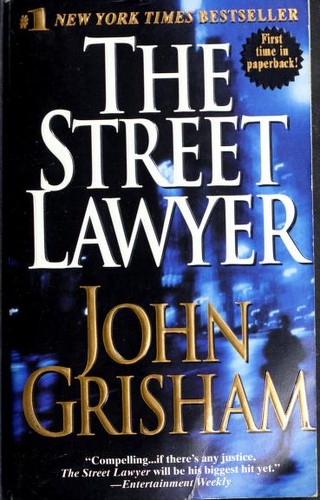
He gave up the money. He gave up the power. Now all he has left is the law.Michael Brock is …